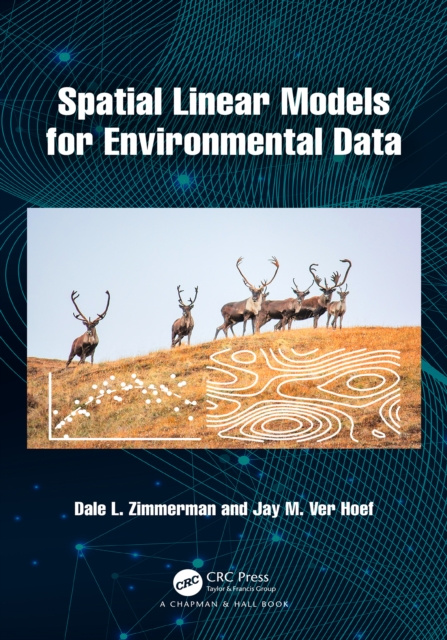
Delivery
Shopping guide





Doesn't suit? No problem! You can return within 30 days
 Gift voucher
any value
Gift voucher
any value
You won't go wrong with a gift voucher. The gift recipient can choose anything from our offer.
Spatial Linear Models for Environmental Data
 English
English
 271 b
271 b
 NEW
NEW


Many applied researchers equate spatial statistics with prediction or mapping, but this book naturally extends linear models, which includes regression and ANOVA as pillars of applied statistics, to achieve a more comprehensive treatment of the analysis of spatially autocorrelated data. Spatial Linear Models for Environmental Data, aimed at students and professionals with a master's level training in statistics, presents a unique, applied, and thorough treatment of spatial linear models within a statistics framework. Two subfields, one called geostatistics and the other called areal or lattice models, are extensively covered. Zimmerman and Ver Hoef present topics clearly, using many examples and simulation studies to illustrate ideas. By mimicking their examples and R code, readers will be able to fit spatial linear models to their data and draw proper scientific conclusions. Topics covered include: Exploratory methods for spatial data including outlier detection, (semi)variograms, Moran's I, and Geary's c. Ordinary and generalized least squares regression methods and their application to spatial data. Suitable parametric models for the mean and covariance structure of geostatistical and areal data. Model-fitting, including inference methods for explanatory variables and likelihood-based methods for covariance parameters. Practical use of spatial linear models including prediction (kriging), spatial sampling, and spatial design of experiments for solving real world problems. All concepts are introduced in a natural order and illustrated throughout the book using four datasets. All analyses, tables, and figures are completely reproducible using open-source R code provided at a GitHub site. Exercises are given at the end of each chapter, with full solutions provided on an instructor's FTP site supplied by the publisher.
About the book
 English
English
Categories




 How to shop
How to shop















